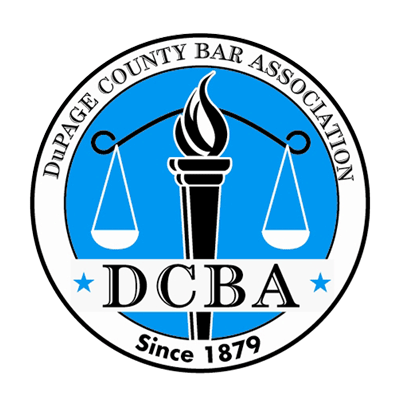
When visiting a family member in a nursing home, the family member may report pain from sores on their back, legs, or tailbone. Visitors may also notice signs of redness or weeping wounds in these areas where the patient is laying on a bed or chair throughout the day. If you ask a nursing home aid or official about the sore, they may try and explain it away by saying they are common. While pressure sores are not uncommon among immobile patients, they can also be a sign of nursing home abuse.
What Are Pressure Sores?
Pressure sores are also known as bedsores and can develop from prolonged pressure on the skin. Also called decubitus ulcers or pressure ulcers, people at risk of developing bedsores are those who have limited mobility and spend most of their time in a bed or chair. This is a major issue for nursing home residents who are confined to the bed for most of the day and night.
Staff in nursing homes are generally supposed to move or turn patients regularly, to keep the individuals from spending too much time with pressures on certain areas. The most common areas for pressure sores include along the spine, heels, hips, tailbone, and back of the arms or legs. Pressure sores can develop quickly and become infected, leading to more serious injuries.
Pressure sores are known as a hospital-acquired condition (HAC). According to the Agency for Healthcare Research and Quality, the rate of pressure sores increased 6% between 2014 and 2017, while many other HACs declined. This shows that with proper training and allocating resources, bedsores can be reduced.
Are Pressure Sores a Sign of Nursing Home Negligence in Aurora, IL?
Pressure sores can be prevented. When pressure sores do develop, attentive healthcare workers can take action to reduce the risk of infection and improve recovery. For nursing homes, this means having proper training and adequate staff on-hand. The University of Chicago Medical Center has reduced the pressure injury rate by 94% since 2014 through training and assigning staff to be on the watch for pressure injuries.
Unfortunately, too many nursing homes are focused on profit over patient well-being. Nursing homes often have too few staff assigned to too many patients, even if they are meeting the technical staffing requirements. The staff may be overwhelmed by the number of patients requiring regular turning protocols to prevent bedsores. After a patient develops bedsores, the staff may not have focused training to identify the initial signs of pressure injuries or properly treat them.
Pressure sores can be a sign of nursing home neglect or negligence. If nursing home staff fail to follow doctor’s orders on regularly turning, cleaning, and attending to pressure sore areas, the nursing home can be putting your family member at risk of injury. When pressure sores are not treated quickly or effectively, they can increase the risk of serious complications, including cellulitis and bone or joint infection.
Are There Other Signs of Neglect or Abuse?
If you notice bedsores on a family member in a nursing home, you may want to report the issue to law enforcement or Adult Protective Services in Illinois. Bedsores may not be evidence of abuse or neglect but it may be a sign to look out for other signs of abuse. Possible signs of nursing home abuse, neglect, or negligence could include:
- – Rapid weight loss,
- – Cuts or bruises that are unexplained,
- – A negative change in the patient’s emotional state, or
- – Listlessness or stupor.
If you suspect a family member in a care facility is being abused or neglected, report the abuse immediately. A nursing home abuse attorney can advise you of your options for holding the facility responsible for their actions. Contact the Cullotta Bravo Law Group today at 630-898-7800 to schedule your free consultation.





